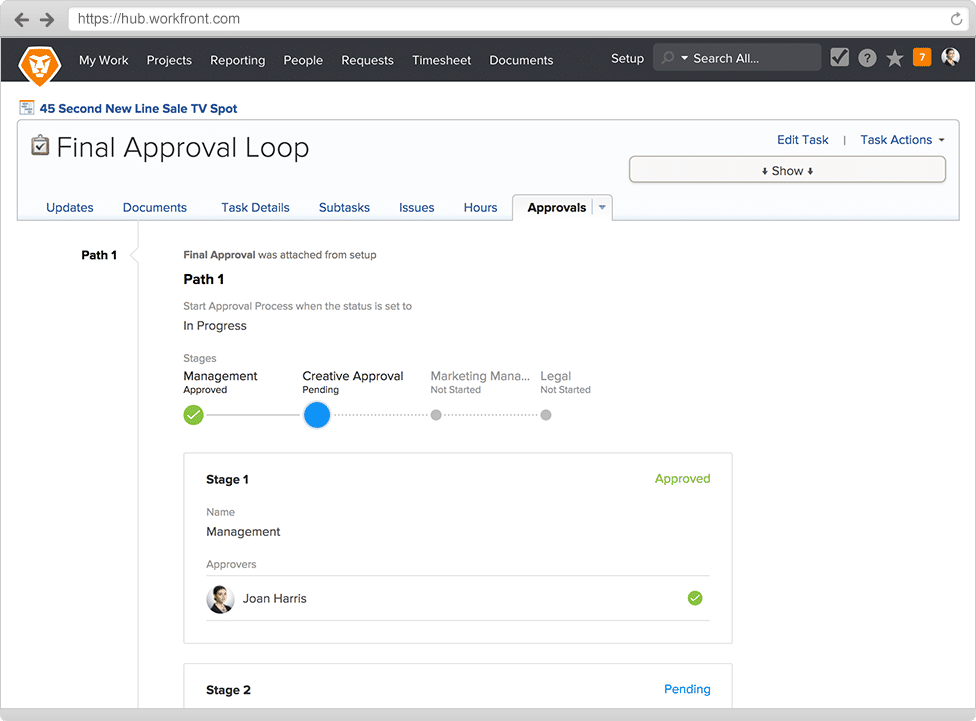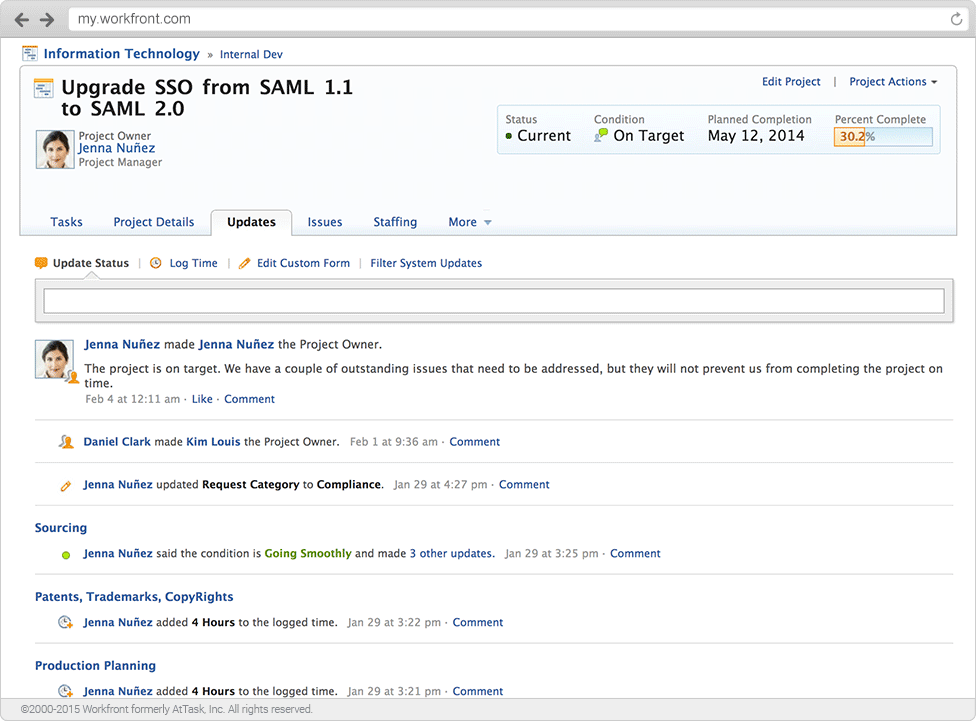
Then, determine whether this is currently being tracked in Workfront or if custom fields will need to be created.

Before you can start building reports, you must first ask yourself what your organization needs to know and measure.

Visualizing data before it goes into Workfront will prevent digital clutter and establish guiding points as data is entered into the system. To help guide you through understanding the importance of surfacing data, how to collect and present it, and what reporting features will improve visibility and drive business outcomes, we created a 6-part series with recommended actions.Įffective reporting provides insight and motivates action. The tools may seem complex, but when broken down into segments, are easily digestible. They surface critical data to help support strategic discussions and speed up the decision making process, hold users accountable for assigned work, identify process gaps or bottlenecks for future improvements and highlight team, group and individual successes.

Workfront’s robust reporting capabilities deliver real-time data to help improve accessibility, accountability and analytics within your organization.


 0 kommentar(er)
0 kommentar(er)
